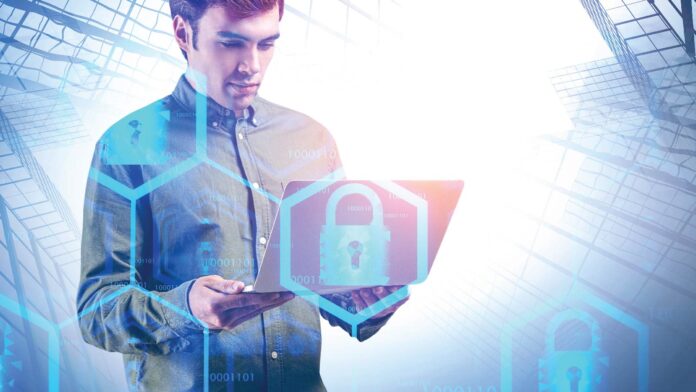Security leaders say that to be successful in the current scenario, enterprises need the capacity to evolve and adapt in terms of crisis management, visibility, and team management
The global pandemic’s significant impact on the IT industry is an inescapable topic for any current conversations that the C-suite executives have. These come under the main subcategories, like people strategy and team management, crisis response operations, and visibility.
The change can be pretty hard, especially during the current challenging situation; personnel in the senior management must boost their security executives to make critical decisions. In the uncertain business scenario, this will be the difference between success and failure or an initiative.
People strategy and team management
Security leaders say that the security team management has changed drastically since the shift to the remote working setup. The conventional processes followed in morale building, and onboarding has been impacted.
CISOs are expected to adjust to remain relevant and ensure connections between the teams. The present situation has further emphasized the importance of building strong relationships and teams in remote conditions.
Of course, this is important for any industry but in the stressed and overworked security departments, it is critical- to ensure that they are rewarded adequately, remain motivated in work, and communicate expectations.
Read More: Strengthening Cyber Security Framework Boosts the Digital Transformation Effectiveness
The never-ending issues further increase the rising stresses of the pandemic-induced lockdown and isolation in the threat environment. The current dynamic situation has proved difficult for CISOs to predict and address the various delicate and difficult liabilities. The increased digital transformation journey has undeniably had unseen impacts on human resources.
CIOs believe that the best way to motivate a security department is by serving them with challenges and the route to progress. The most vital cybersecurity personnel requirements are curiosity, hunger to learn, and creativity. Remote working doesn’t have to change this norm. When teams are provided with a defined development, they are well-bonded with clear communications even in remote situations.
Enhanced visibility
CIOs say that a scattered team across the globe makes it difficult for them to understand their current readiness and capabilities. The previous on-premise model allowed regular catch-up, both formally and informally. However, it is difficult to understand the positioning of different human assets in the company and their present skill set in the current scenario.
Security leaders acknowledge that the industry is hardwired to collect data from technology sources and platforms rather than people’s point of view. This points to the fact that the security environment considers human capacities secondary to technological features.
Experienced CISOs are aware that skill weaknesses are equally a part of the attack surface, and are as important if not more than technological failures. When this point is widely understood, and people data is mapped against conventional attack measures, it drastically improves the effectiveness. Such an understanding is vital when critical human assets are connecting from remote locations.
Read More: Cyber risk increases due to digital transformation
Updating crisis simulations
Security leaders acknowledge that legacy crisis response training was failing way before the pandemic rolled about. The infrequent and cumbersome procedures are also too resource-intensive and static to productively mitigate an agile, rapid adversary. Despite the increased number of cases, most enterprises still have more than a year for the next cyber-crisis simulations. The legacy procedure must be updated and increase the frequency of employee training while making it less complicated.









